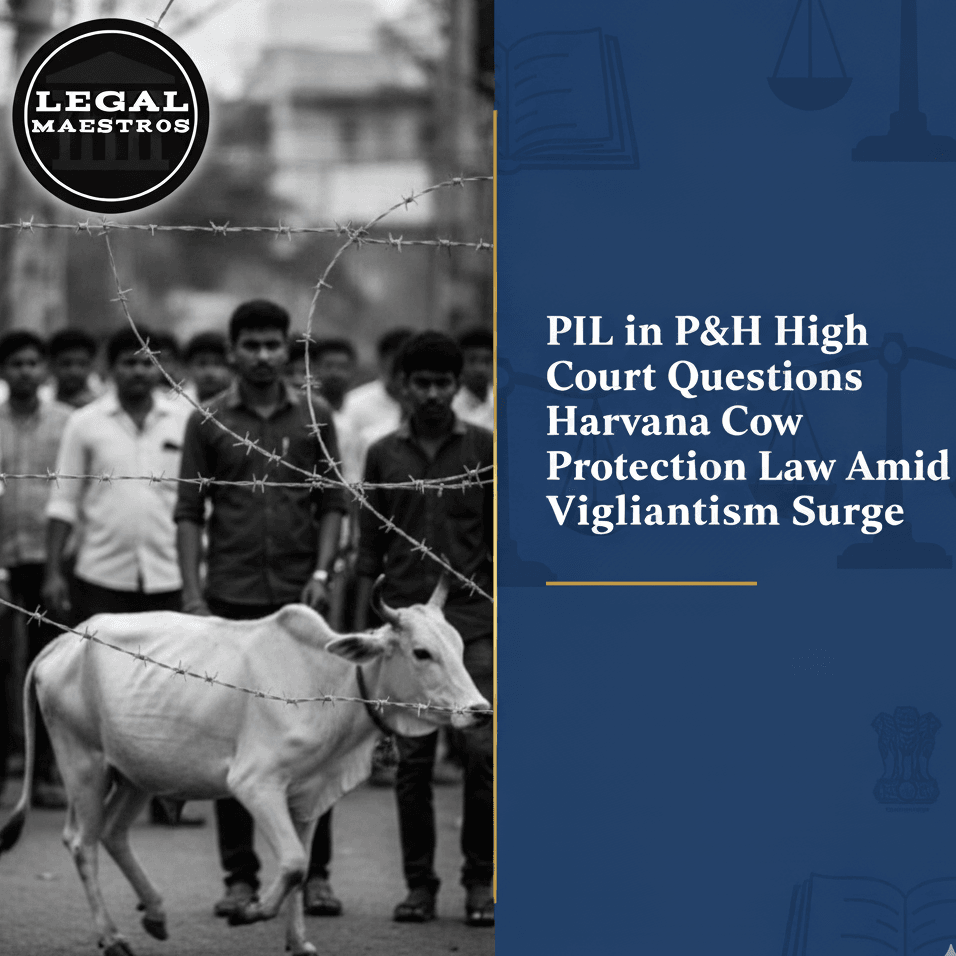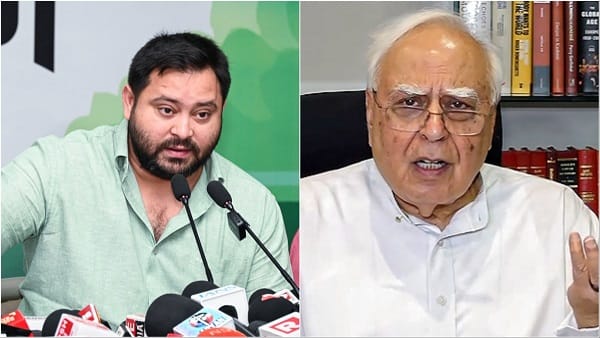
PIL in P&H High Court Questions Haryana Cow Protection Law Amid Vigilantism Surge
The Haryana Cow Protection Law Explained
In 2015 the state government took a step to protect and preserve the native breeds of cows and as a result, the Haryana Gauvansh Sanrakshan and Gausamvardhan Act was passed. It is among the strictest laws of cattle protection in the land. The Act subjects a total prohibition on the slaughter of cows, the sale of beef and export of cows to be slaughtered in the state of Haryana.
The legislation has grave consequences against offenders. Any person convicted of slaughtering cows may be sentenced to severe penitentiary imprisonment of three to ten years with a fine. The Act further gives wide authority to law enforcement officials and even allows certain individuals to stop, enter, and search any premises or vehicle under the suspicion of a crime occurring under the Act.
These broad search and seizure powers and the uncertainty surrounding who may be permitted to administer the law are what have remained in question. In fact, critics have been arguing long that such provisions can be easily abused. Its advocates rejoiced at the enactment of a law to help preserve an animal which has been regarded by many as sacred, yet there were anxieties regarding how the law might affect the rural economy and social peace.
For any queries or to publish an article or post or advertisement on our platform, do call at +91 6377460764 or email us at contact@legalmaestros.com.
The PIL’s Challenge: Allegations of Misuse and Vigilantism
The Public Interest Litigation, filed in the High Court is not aimed at repealing the whole cow protection act. Rather it targets certain clauses that the petitioners argue to be unconstitutional and have given rise to a parallel justice system conducted by vigilante mobs. Its main thesis is that the law as we know it has fallen into the wrong hands of cow protectors or self-proclaimed gaur rakshaks wherein it has become a device of harassment and violence.
The petition asserts that some part of the Act is loosely phrased, and therefore it gives these vigilante groups the means to understand it as a mandate to administer the law themselves. They say that the legislation does not extend sufficient protection against abuse of the law. Consequently, vigilantes feel emboldened to establish illegal blockades, run down cattle-moving vehicles, and brutally attack people under a state of mere suspicion and with little or no fear of being arrested or convicted to face criminal charges.
The petition compels the high court to come in and declare or alter these problematic provisions. The petitioners are requesting the court to make sure that the burden of law enforcement is left in the hands of the official police force and not individual citizens or organizations. This is aimed at destroying the ecosystem of vigilantism that has been flourishing in the name of enforcing the cow protection law.
The Surge in Cow Vigilantism in Haryana
This is the legal question in the PIL that is not founded on abstract fears but founded on a dark reality of the increasing violence. Haryana, especially the Mewat region, has emerged as a cow vigilante hot-spot in the past few years. Brutal mob attacks, lynchings and extortion have been documented many times under the claim of defending cows against slaughter or smuggling.
The country has been startled numerous times by high-profile cases as people, often of the Muslim community, are attacked by mobs. Often, these attacks are based on rumors that have not been substantiated or just a suspicions. The victims are usually dairy farmers or small cattle traders legally taking livestock to a farm or dairy, but branded as smugglers and meted out to gruesome cruelty.
The activities of these vigilante groups are usually organized, and they use social media to organize mobs and locate potential targets. This terror reign, the PIL charges, has caused fear in societies engaged in the cattle trade and caused havoc to the rural economy and created a sharp social divide. The petition insinuates that the state has not gone to the extent to crack down on these illegal groups.
The High Court’s Role and the State’s Stance
The first important step towards responding to the PIL has been made by the Punjab and Haryana High Court which has admitted the petition to be heard. A notice has been given to the Haryana government by the court, which has asked it to submit in-depth reply to the grave charges brought by the petitioners. This preconditions an in-depth judicial review on the controversial law and its practical application.
Haryana government is likely to stand up its law. Its legal department can probably claim that the Act is a legitimate law that is intended to serve a directive principle of state policy on the protection of cattle. The state will probably argue that the law by itself does not encourage vigilantism and that any violence incidents are independent law-and-order issues being dealt with by the police.
The High Court now has the challenging responsibility of harmonizing the will of the legislation by the state with the rights of the citizens that hold the constitution. The court must also be required to look into whether the provisions of the law being challenged are too broad or arbitrary and whether they infringe the right to life, liberty and the freedom of performing any profession, trade or business as provided in the Constitution of India.





